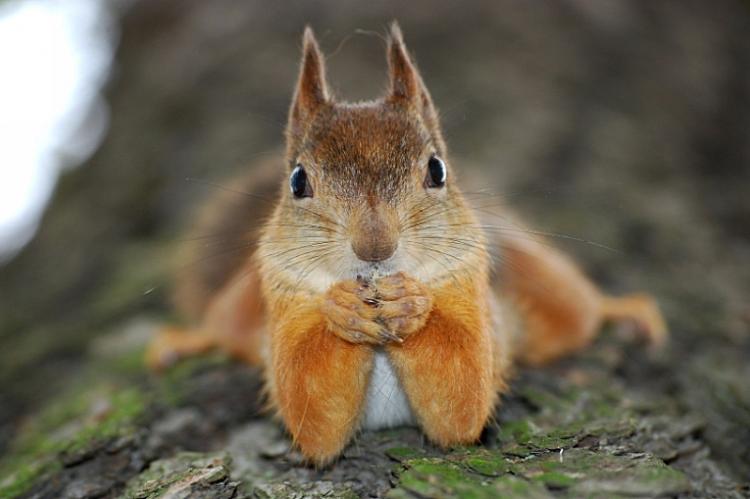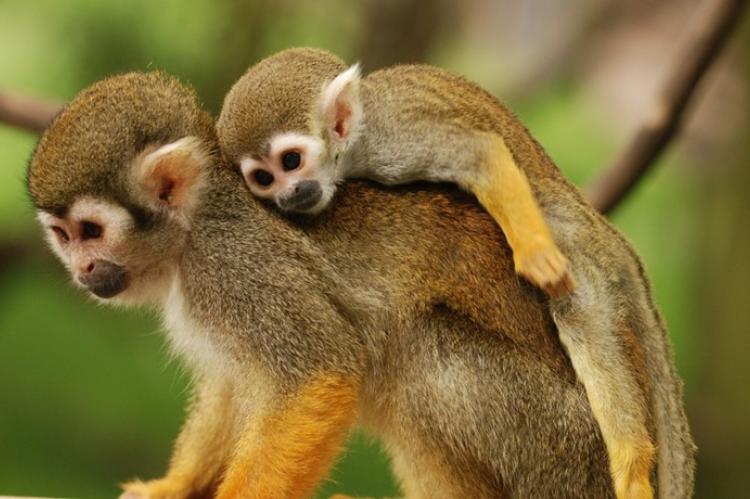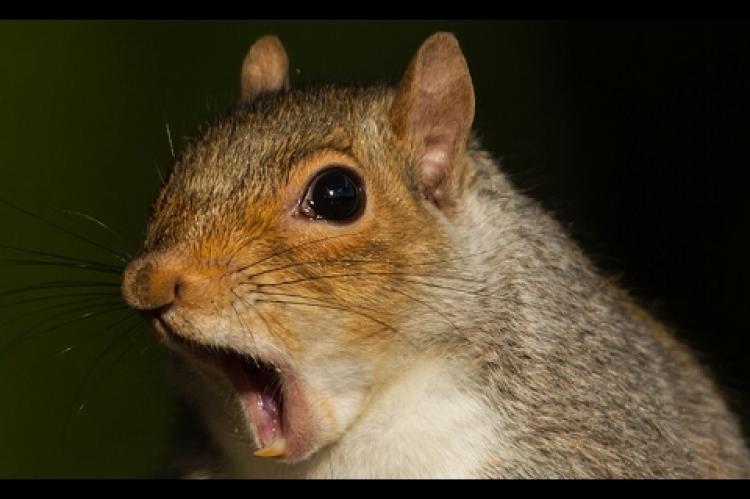Up until 200 million years ago, the Earth consisted of one giant continent, Pangaea. During that Paleozoic era, large land masses started to pull apart from each other, eventually forming our modern day continents by the beginning of the Mesozoic era.
With the separation of the continents and the formation of mountains, rivers and lakes, ancient life was forced to adapt. As the continents slid closer or further from the equator, changes in temperature and geology caused life to take new and different forms.
Over 36 million years, the animal we now recognize as a squirrel spread from one small temperate region of North America to the entire world.
"By modifying habitats and creating bridges and barriers between land masses, climate change and tectonic events [land mass movements] are believed to have important consequences for diversification of terrestrial organisms," wrote two Duke University evolutionary biologists in a paper posted on the Feb. 20, 2003, edition of Science Express, the on-line version of the journal Science.
The squirrel family tree now contains numerous branches and species that have adapted well to different climates and areas across the world. What might be most surprising of all is that DNA research has uncovered a hitherto unknown genetic link. And this link has been manifesting itself for thousands of years in a contained population located on the Niagara Escarpment, in the southern regions of Canada.
The Niagara Escarpment is an ancient seashore of hard rock created by glaciation and water erosion which centers around the northern state of Michigan in the US, but travels through Wisconsin and the Canadian province of Ontario, in a gradual arc. On the northern edge of the Escarpment within a one hundred kilometer area lays a squirrel population so unique that it still fuels incredulity and suspicion among the general public.
“We had a hard time convincing government officials in Ottawa of their existence.” Dr. I. Gullible says as he cuts through the shaggy cedar forest that still persists amongst the farmers’ fields near the small hamlet of Maxwell, Ontario. “They refused to believe us for the longest time. It was very hard. We looked silly to the scientific community and our reputations took a real blow.”
“Really, the students at Osprey were the ones who saved us.” Dr. K. Redible calls, as she pushes through the sharp underbrush. “Until they brought forth the specimen that was retrieved from their amphitheatre, we had no physical proof.”
Until this year, the presence of this special squirrel remained the preserve of myths and legends. There were stories of strange squirrels whose faces grew round and began to show human-like expressions, and make unusual vocal noises.
“Monkey squirrels.” states Dr. I Gullible, as he checks the field cameras their team have strategically placed around Osprey Central School. “An amazing finding. The squirrels in this area appear to have a genetic similarity with monkeys that has intensified over years of separation.”
The first photos of the newly named Sciridae simius bizaro emerged this past October and are presented here for the first time. New details regarding its habitat, lifespan and diet are just now being documented by the University of Ontario team led by Dr. Gullible and Dr. Redible.
“It just goes to show,” says Dr. Gullible, “things are only impossible if you stop to think about them.”



